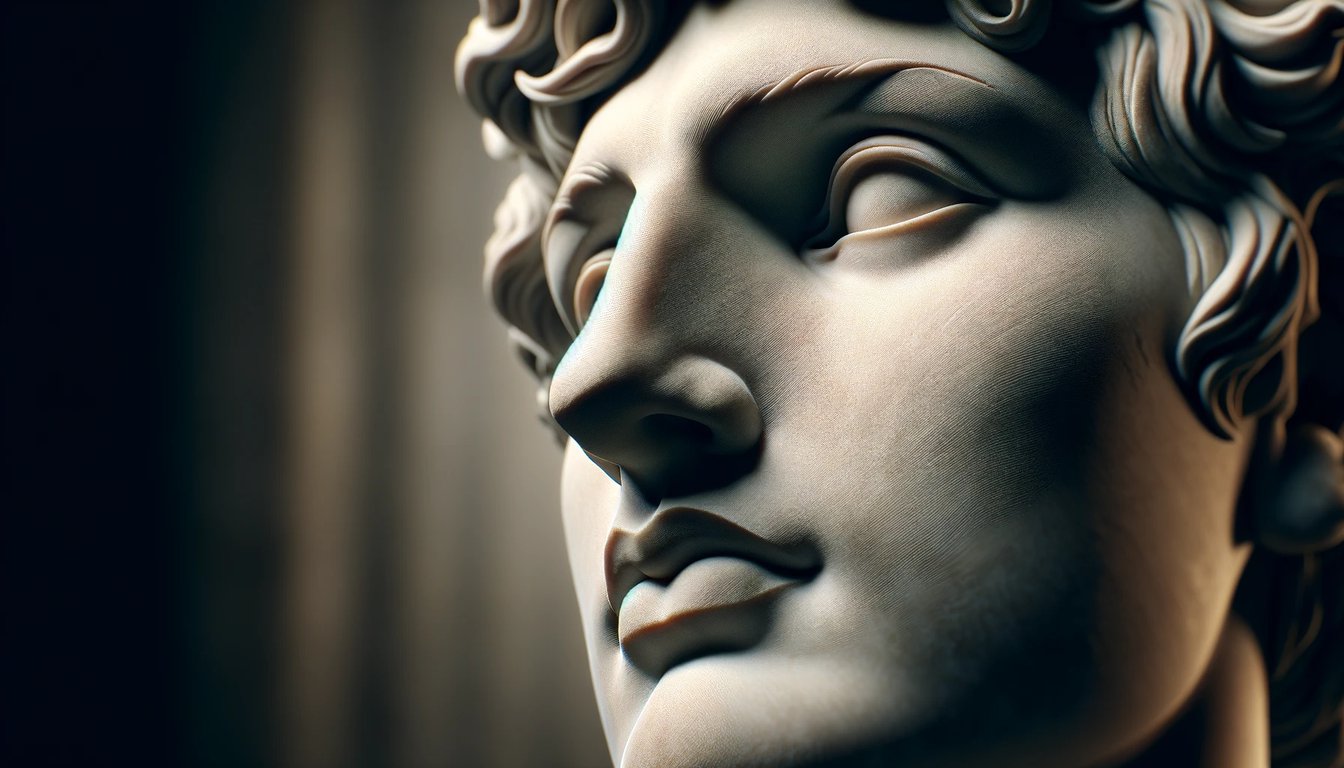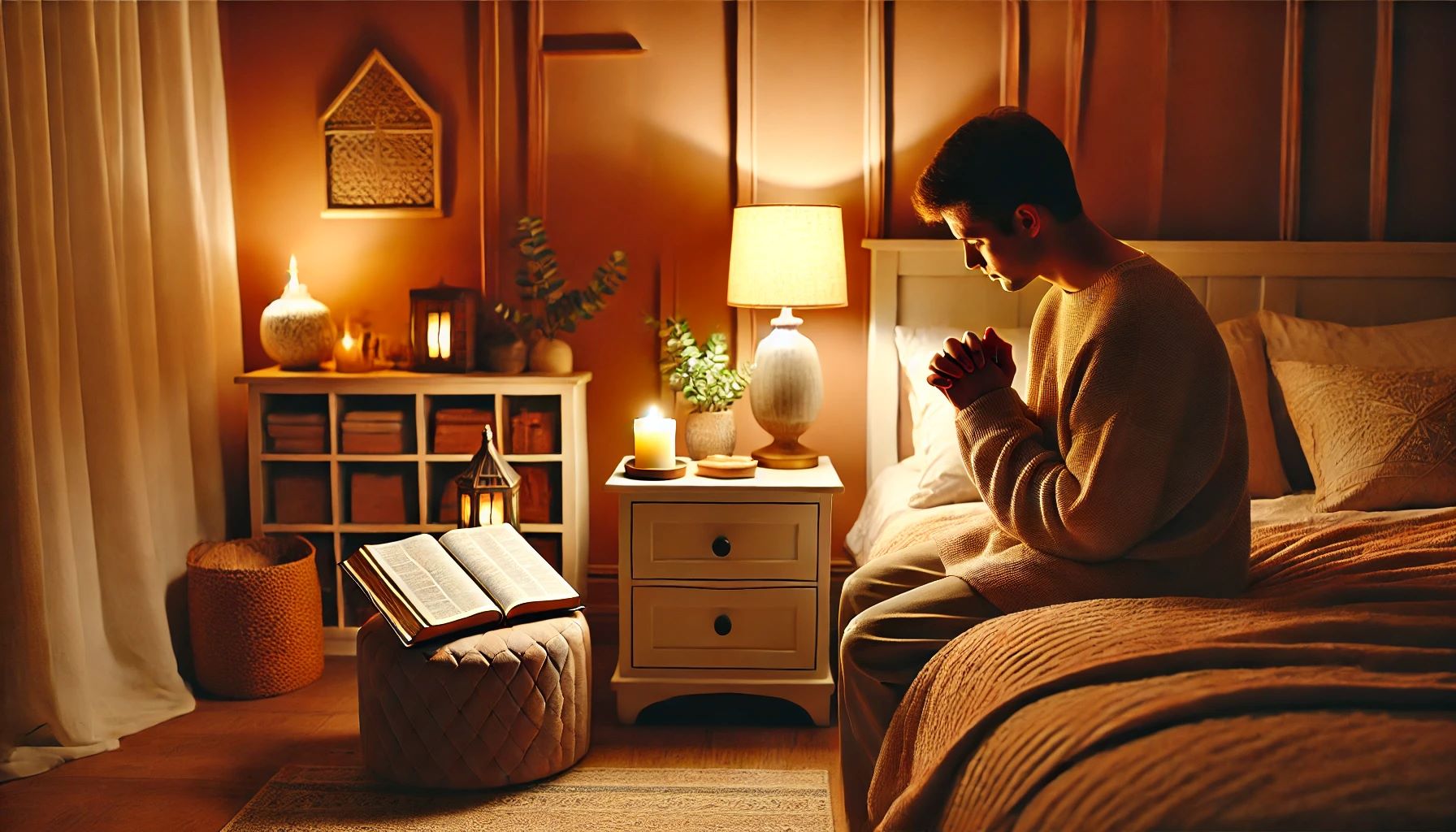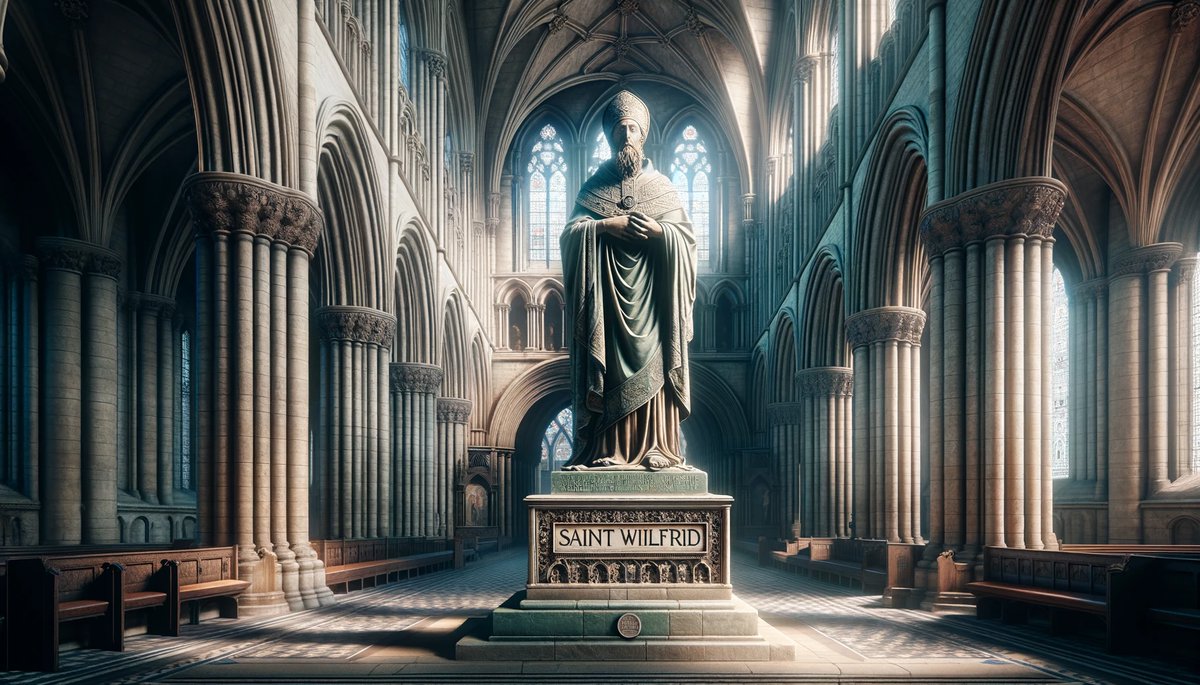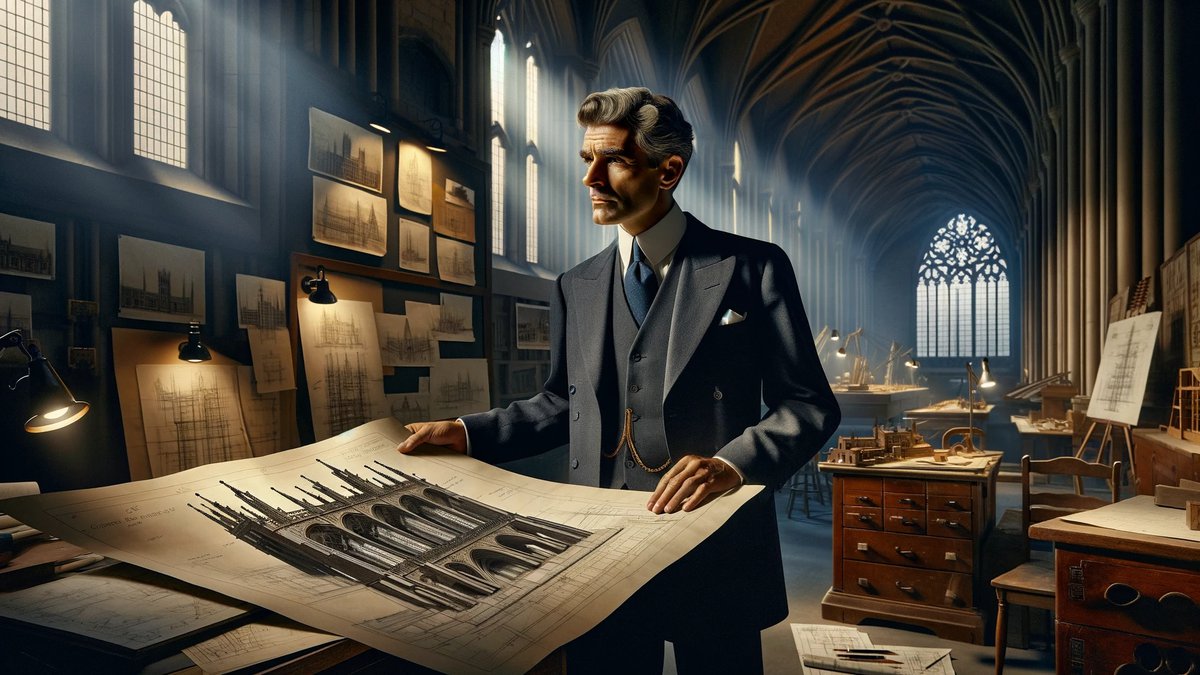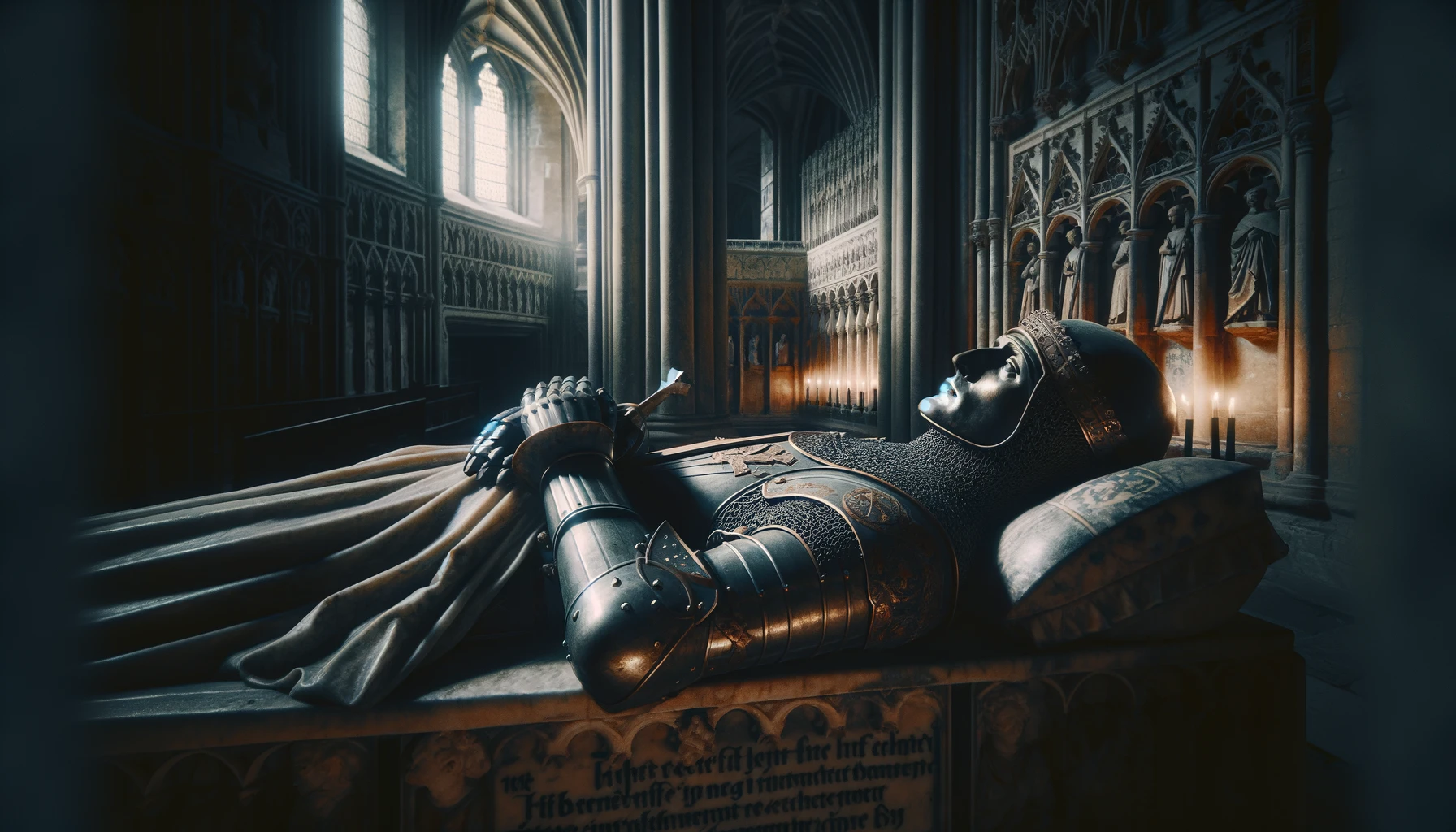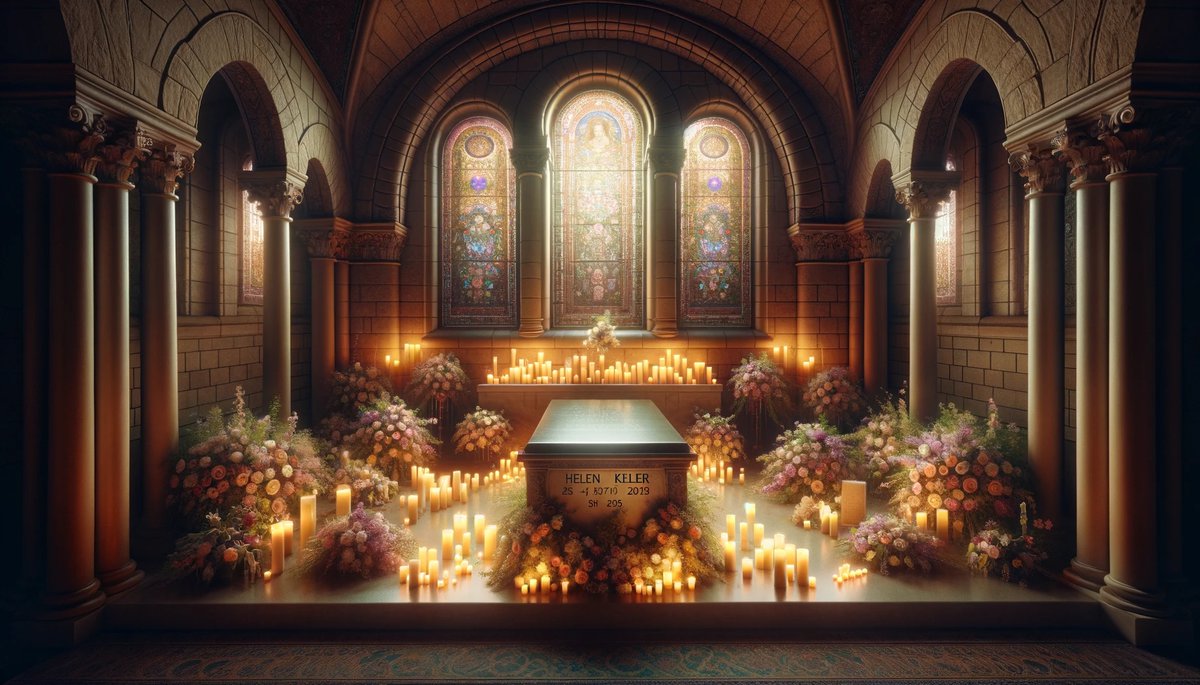Home>Arts and Culture>Who Designed The Relief Sculptures On The Autun Cathedral?
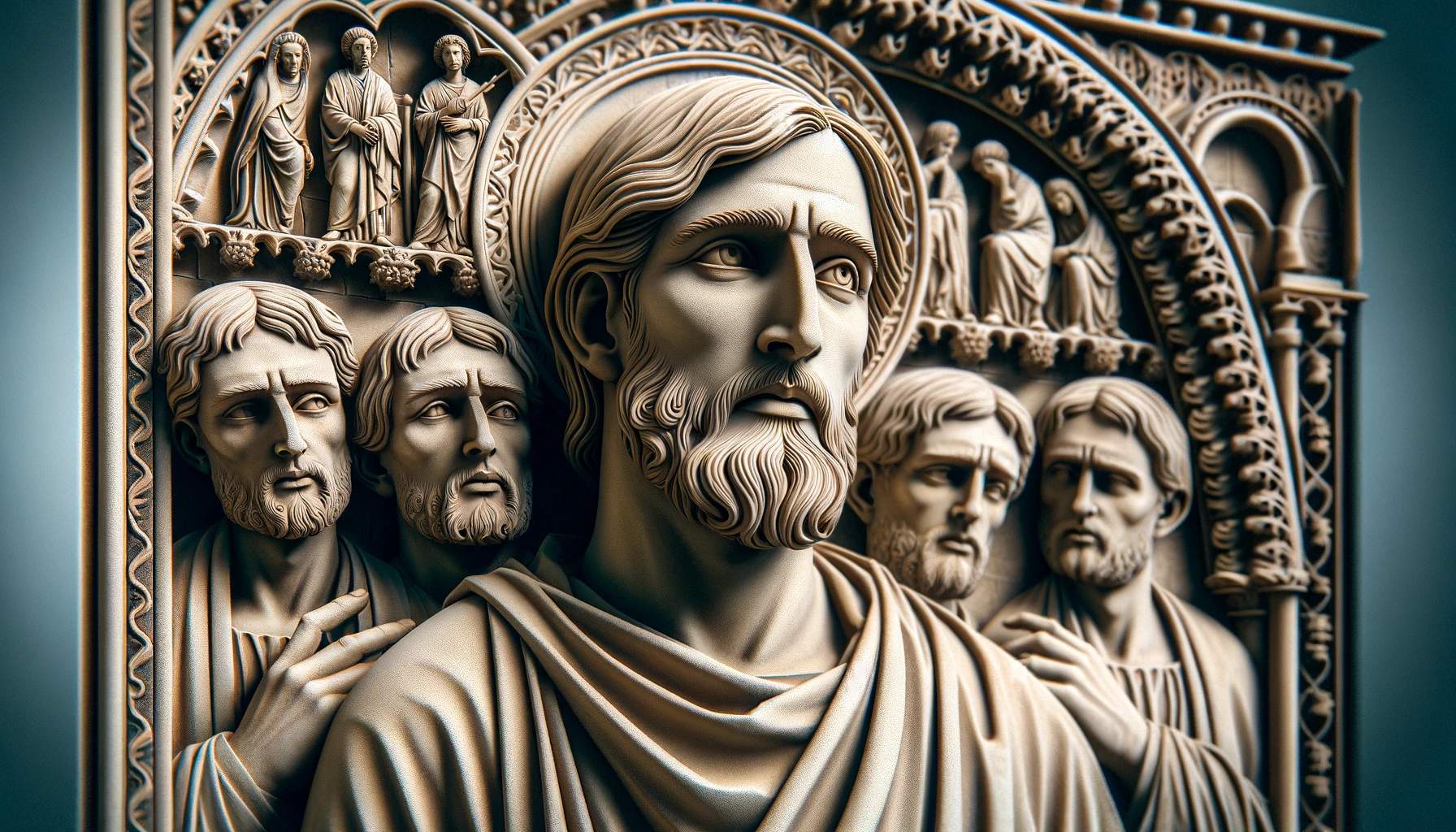

Arts and Culture
Who Designed The Relief Sculptures On The Autun Cathedral?
Published: February 16, 2024
Jason DeRose, Managing Editor at Christian.net, uses his expertise in religion and journalism to deepen understanding of faith's societal impacts. His editorial leadership, coupled with a strong academic background, enriches the platform’s diverse content, earning him recognition in both journalism and religious circles.
Discover the masterful relief sculptures on the Autun Cathedral and learn about the talented artist behind these stunning works of art. Explore the rich history of arts and culture in this architectural masterpiece.
(Many of the links in this article redirect to a specific reviewed product. Your purchase of these products through affiliate links helps to generate commission for Christian.net, at no extra cost. Learn more)
Table of Contents
Introduction
The Autun Cathedral, located in the heart of Burgundy, France, stands as a testament to the rich history and artistic heritage of the region. This magnificent structure, also known as the Cathedral of Saint Lazarus, has captivated visitors for centuries with its awe-inspiring architecture and intricate relief sculptures adorning its façade. As we delve into the history and artistry of the Autun Cathedral, we will uncover the fascinating story behind the creation of its remarkable relief sculptures and shed light on the mastermind behind these timeless works of art.
The Autun Cathedral is not merely a place of worship; it is a living chronicle of medieval craftsmanship and religious devotion. Its imposing presence and ornate embellishments serve as a window into the past, offering a glimpse of the cultural and artistic achievements of the era. The cathedral's exterior, in particular, is adorned with a stunning array of relief sculptures that depict biblical narratives, saints, and symbolic motifs, each intricately carved into the stone with remarkable precision and artistry.
As we embark on this journey of discovery, we will unravel the mysteries enshrouding the creation of these exquisite relief sculptures and explore the profound impact they have had on art and culture. Join us as we venture into the captivating world of the Autun Cathedral, where history, spirituality, and artistic expression converge to create an enduring legacy that continues to inspire and enthrall all who behold it.
History of the Autun Cathedral
The history of the Autun Cathedral is a tapestry woven with threads of faith, artistry, and cultural significance. Its origins can be traced back to the 12th century when construction began under the patronage of Bishop Étienne de Baugé. The cathedral, dedicated to Saint Lazarus, was built on the site of a former Roman city, Augustodunum, reflecting the convergence of Roman and Christian influences in its architectural design.
The cathedral's construction spanned several decades, with each phase bearing the imprint of the prevailing architectural styles of the time. The grandeur of the Romanesque style is evident in the sturdy pillars, rounded arches, and imposing presence of the structure, reflecting the enduring legacy of Roman engineering and craftsmanship.
Throughout its storied history, the Autun Cathedral has weathered the tides of war, restoration, and cultural evolution. It has witnessed the ebb and flow of power, the rise and fall of empires, and the enduring resilience of faith. The cathedral's survival through tumultuous periods stands as a testament to the enduring spirit of human creativity and devotion.
The cathedral's significance extends beyond its architectural magnificence. It has served as a center of religious pilgrimage, a repository of sacred relics, and a focal point for communal gatherings and celebrations. Its hallowed halls have echoed with the prayers and hymns of countless generations, fostering a sense of continuity and spiritual connection that transcends time.
As the centuries unfolded, the Autun Cathedral became not only a place of worship but also a living canvas for artistic expression. Its interior walls and façade became adorned with exquisite sculptures, intricate carvings, and vibrant stained glass windows, each bearing the mark of the artisans and craftsmen who dedicated their skills to embellishing this sacred space.
The history of the Autun Cathedral is a testament to the enduring legacy of human creativity, faith, and cultural heritage. Its story is intertwined with the broader narrative of European history, reflecting the interplay of artistic, religious, and societal forces that have shaped the continent's identity. As we gaze upon the venerable walls of the Autun Cathedral, we are reminded of the enduring power of human ingenuity and the timeless allure of sacred spaces that transcend the boundaries of time and place.
The Relief Sculptures on the Autun Cathedral
The Autun Cathedral is renowned for its exquisite relief sculptures that adorn its façade, captivating visitors with their intricate details and profound symbolism. These relief sculptures, dating back to the 12th century, serve as a visual chronicle of biblical narratives, saints, and allegorical motifs, meticulously carved into the stone by master craftsmen of the era.
The cathedral's west portal features a stunning array of relief sculptures, each panel depicting scenes from the Bible with remarkable artistry and precision. One of the most striking sculptures is the "Last Judgment," a powerful portrayal of divine judgment and salvation. The intricate details of heaven, hell, and the souls awaiting their fate convey a sense of awe and contemplation, inviting viewers to ponder the eternal themes of redemption and mortality.
The relief sculptures also pay homage to the lives of saints, with intricately carved depictions of Saint Lazarus, Saint Peter, and other revered figures from Christian tradition. These sculptures serve as a testament to the cathedral's role as a sacred space dedicated to venerating the lives and teachings of these holy individuals.
In addition to biblical narratives and saints, the relief sculptures on the Autun Cathedral feature symbolic motifs that reflect the medieval worldview. Intricate foliage patterns, mythical creatures, and geometric designs intertwine with the religious iconography, creating a rich tapestry of visual storytelling that transcends the boundaries of time and culture.
The sheer artistry and craftsmanship displayed in these relief sculptures are a testament to the skill and dedication of the medieval artisans who brought these stone carvings to life. Each chisel mark and delicate contour speaks to the unwavering commitment to excellence and the desire to imbue the cathedral with a sense of divine beauty and spiritual significance.
As visitors stand in awe of these timeless works of art, they are transported back in time, witnessing the convergence of faith, creativity, and cultural expression that defined the medieval era. The relief sculptures on the Autun Cathedral stand as a testament to the enduring power of art to transcend generations, inviting contemplation and reverence from all who behold them.
The Designer of the Relief Sculptures
The mastermind behind the breathtaking relief sculptures adorning the Autun Cathedral was none other than the renowned artist and sculptor Gislebertus. His name has become synonymous with the exquisite artistry and spiritual depth manifested in the cathedral's relief sculptures, marking him as a pivotal figure in the annals of medieval art.
Gislebertus, whose identity is shrouded in the mists of history, left an indelible mark on the Autun Cathedral through his unparalleled skill and visionary creativity. His contributions to the cathedral's artistic legacy are epitomized in the intricate carvings that grace the west portal, each bearing the unmistakable imprint of his artistic genius.
The enigmatic artist's mastery is most prominently showcased in the "Last Judgment" relief, a magnum opus that stands as a testament to his ability to infuse stone with profound emotion and spiritual resonance. The expressive faces, dynamic compositions, and meticulous attention to detail in this sculpture bear the unmistakable hallmarks of Gislebertus's singular style, captivating viewers with its evocative power and timeless relevance.
Gislebertus's artistic vision extended beyond mere craftsmanship; it encompassed a deep understanding of theological narratives and a profound reverence for the sacred themes he sought to convey. His sculptures transcend the realm of mere decoration, serving as conduits for spiritual contemplation and moral reflection, inviting viewers to engage with the profound truths encapsulated in the Christian faith.
The designer's influence is not confined to the "Last Judgment" alone; it permeates every relief sculpture on the Autun Cathedral, infusing each panel with a sense of narrative dynamism and symbolic richness. His ability to breathe life into stone, to evoke the ethereal and the divine through his art, speaks to a level of artistic mastery that transcends the constraints of time and cultural context.
Gislebertus's legacy endures as a testament to the enduring power of art to transcend generations, inviting contemplation and reverence from all who behold it. His name has become synonymous with the pinnacle of medieval sculpture, and his contributions to the Autun Cathedral stand as a testament to the profound impact of artistic vision and spiritual devotion on the cultural landscape of the medieval era.
As visitors stand in awe of Gislebertus's timeless works of art, they bear witness to the convergence of faith, creativity, and cultural expression that defined the medieval era. The relief sculptures on the Autun Cathedral, crafted by the hands of this enigmatic master, continue to inspire and captivate, inviting viewers to embark on a journey of spiritual and artistic discovery that transcends the boundaries of time and place.
Conclusion
In conclusion, the Autun Cathedral stands as a testament to the enduring legacy of human creativity, faith, and cultural heritage. Its rich history, architectural grandeur, and exquisite relief sculptures bear witness to the convergence of artistic vision and spiritual devotion that defined the medieval era. The cathedral's west portal, adorned with the masterful carvings of Gislebertus, invites visitors to embark on a journey of contemplation and discovery, transcending the boundaries of time and culture.
The relief sculptures on the Autun Cathedral, with their intricate depictions of biblical narratives, saints, and symbolic motifs, serve as a visual chronicle of medieval artistry and theological reflection. Each panel, meticulously crafted in stone, invites viewers to engage with the profound themes of salvation, divine judgment, and the enduring legacy of Christian faith. Gislebertus's masterful touch infuses these sculptures with a timeless resonance, inviting contemplation and reverence from all who behold them.
As we reflect on the history of the Autun Cathedral and the enduring legacy of its relief sculptures, we are reminded of the profound impact of art and spirituality on the cultural landscape of the medieval era. The cathedral's enduring presence, weathered by the tides of time and history, serves as a beacon of inspiration, inviting visitors to immerse themselves in the timeless beauty and spiritual depth encapsulated within its hallowed walls.
The Autun Cathedral, with its rich tapestry of history and artistry, continues to captivate and inspire, beckoning travelers and art enthusiasts to embark on a pilgrimage of the spirit. Its enduring legacy, embodied in the masterful works of Gislebertus and the countless artisans who contributed to its embellishment, serves as a testament to the enduring power of human creativity and the timeless allure of sacred spaces that transcend the boundaries of time and place.
As we bid farewell to the venerable walls of the Autun Cathedral, we carry with us the echoes of centuries past, the whispers of faith and artistry that continue to resonate through the ages. The cathedral's relief sculptures, crafted by the hands of master artisans, stand as a testament to the enduring power of art to transcend generations, inviting contemplation and reverence from all who behold them.
